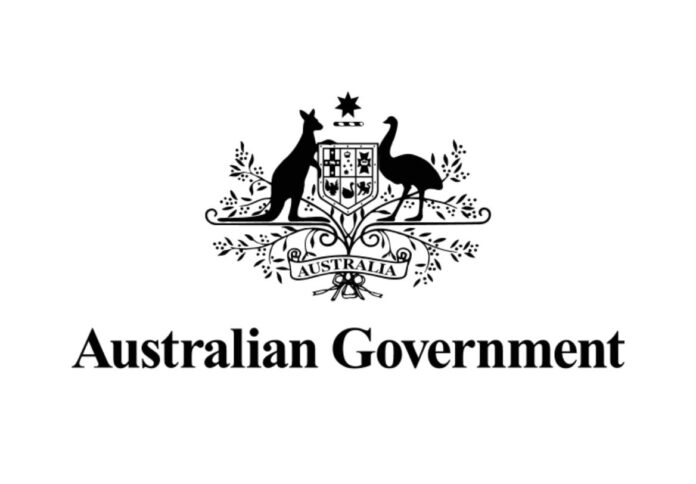
Australia’s resources and energy export values, which reached a record high in 2022-23, are projected to decrease over the next two years as global commodity prices return to more typical levels, according to the September edition of the Resources and Energy Quarterly from the Department of Industry, Science and Resources.
In a media release, the government said the report forecasted a decline in resources and energy export values to $400 billion in 2023-24 and $352 billion in 2024-25, down from a record $467 billion in 2022-23, due to softer world demand and stabilised global supply.
The forecast also aligned with previous projections in the March and June editions of the Resources and Energy Quarterly, with the lower Australian dollar contributing to the upward revisions.
Minister for Resources and Northern Australia, Madeleine King, emphasised that while export revenue is easing from its record highs, Australia’s resources and energy exports remain robust and continue to support the nation’s economic well-being.
She stated that supply was limited due to the repercussions of Russia’s incursion into Ukraine, flooding incidents in Australia and Indonesia, and workforce issues stemming from the COVID-19 pandemic.
“While overall export revenue is easing from record highs, Australia’s resources and energy exports remain strong and continue to underpin Australia’s economic wellbeing,” Minister King said.
She noted that Australia remains a dependable supplier of resources and energy to global markets and is actively working to strengthen investment, partnerships, and supply chains in the critical minerals sector to support global emissions reduction commitments.
The September 2023 Resources and Energy Quarterly also highlighted Australia’s role as a leading exporter of battery minerals, such as lithium, cobalt, copper, and nickel.
The government said the increasing demand for electric vehicles is driving a surge in demand for these battery metals, positioning Australia as a key player in the global battery value chain.
Moreover, Minister King mentioned that during her recent visits to Europe and the UK, leaders in government and industry expressed interest in accessing Australian critical minerals and rare earth elements, highlighting the growing global demand for Australia’s minerals as the world strives to develop technologies for decarbonization.
The report noted that global prices for most major resources and energy commodities have declined over the past three months.
Iron ore export earnings are expected to decrease to $120 billion in 2023-24, while LNG earnings are forecasted to ease to $71 billion this year and $63 billion in 2024-25.
Australian lithium exports are also projected to decrease, while earnings from metallurgical coal and thermal coal are expected to decline in the coming years.
The full September 2023 Resources and Energy Quarterly report is available on the Department of Industry, Science and Resources’ website.




















